
The Dish of the Year is a prestigious local food award in Japan, annually presented by the leading restaurant search site GURUNAVI (which also operates LIVE JAPAN). It has been held for ten consecutive years since its inception in 2014.
This award not only reflects the culinary trends, culture, and current events of the respective year but also aims to preserve and pass down the food culture of Japan.
So, which food item emerged as the winner for this year's 'Dish of the Year'? Let's find out!
(Main image: Gurunavi Dish of the Year®)
About the Dish of the Year®
When it comes to selecting the annual award for the Dish of the Year®, the process begins with the extraction of 40 keywords from the extensive search and user activity data on the GURUNAVI platform. Following this initial step, a questionnaire is distributed to the platform's vast user base, comprising over 20 million members. These results are then narrowed down to the top 30. Subsequently, a meticulous evaluation is conducted by influential figures in the media to determine the four food trends that will be nominated.
During the selection process, three specific criteria are taken into consideration: the dish's relevance to current social changes and events, its significance as a cultural record with lasting value, and its role in generating public interest and becoming a trending topic throughout the year. These criteria collectively play a pivotal role in determining the best Dish of the Year.
2023's Final Four Nominees: Gochisou Onigiri, Rice Flour Gourmet, Land-based Aquaculture Fish, Scallops
The four delectable contenders for the 2023 'Dish of the Year®' award include 'Gochisou Onigiri,' 'Rice Flour Gourmet,' 'Land-based Aquaculture Fish,' and 'Scallops.' Now, let's take a closer look at the reasons for their nominations and find out which dish emerged as the ultimate winner!
Gochisou Onigiri (ご馳走おにぎり)
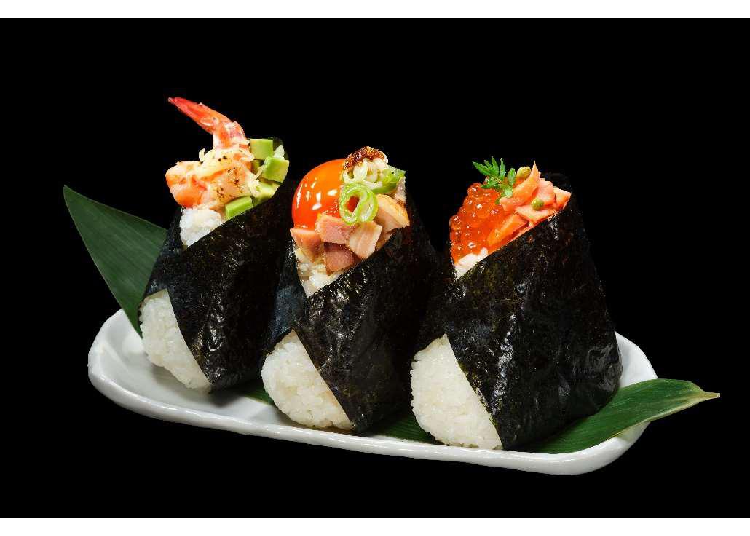
When you take a glance at 'Gochisou Onigiri,' it's evident that it's brimming with a rich array of ingredients, making it look incredibly appetizing. Looking at the reasons for its selection, it's not just about the delicious ingredients; its diverse choices and the impression of promoting Japanese culinary culture are equally captivating
- The abundance of ingredients piques one's appetite, and its splendid appearance becomes a hot topic on social media.
- The enjoyment of selecting from a wide variety of ingredients is akin to relishing freshly made sushi at a restaurant, and this service is well-received.
- The demand for onigiri continues to rise among consumers, leading to the opening of specialized stores and boosting premium rice consumption in dining out.
- The word 'ONIGIRI' is internationally renowned, gradually spreading Japanese culinary culture overseas as well.
Rice Flour Gourmet (米粉グルメ)
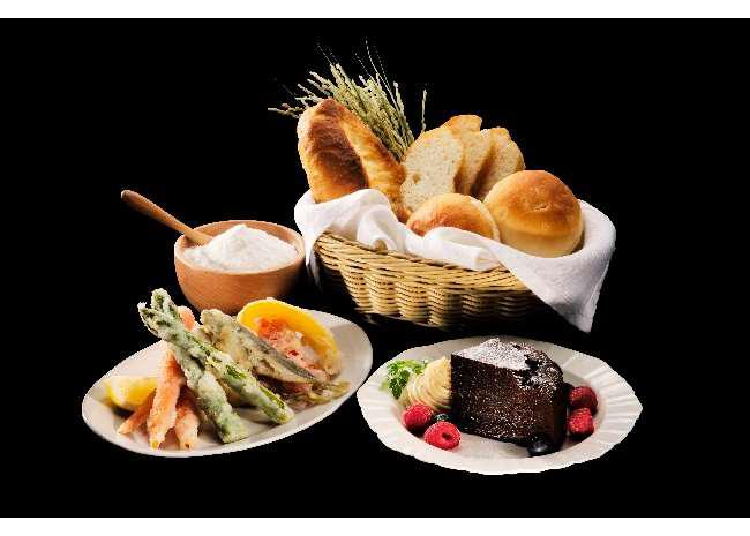
Unlike the common rice noodles found elsewhere in Asia, 'Rice Flour Gourmet' refers to various delicacies made using Japanese domestically produced rice flour. The reasons for its selection extend beyond its deliciousness and Japanese origin, encompassing a health-conscious aspect as well!
- With the continuous rise in the price of imported wheat, there is growing attention on stable supplies of Japanese domestically produced rice flour as an alternative.
- Advancements in milling technology have resulted in the unique texture and moistness of finely milled rice flour, which is widely used in various dishes such as candies, bread, and noodles.
- With the increasing awareness of health in recent years, it is expected that rice flour gourmet will become one of the menu options for low-calorie foods, further spreading its popularity.
Land-based Aquaculture Fish (陸上養殖魚)
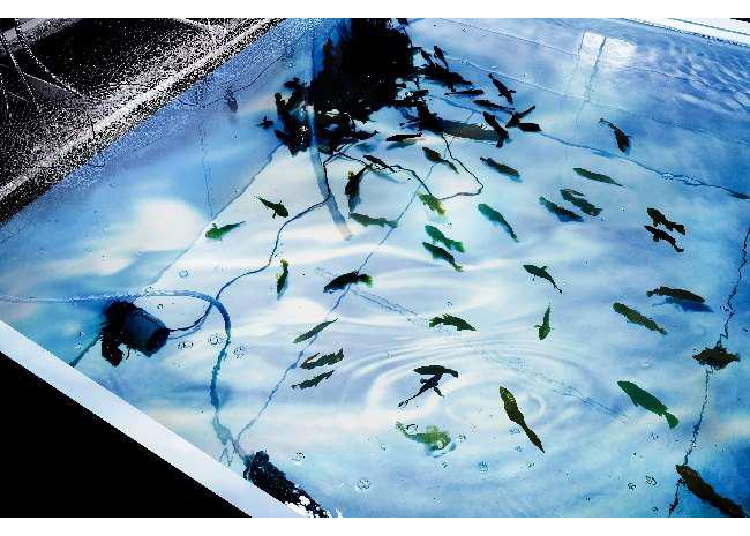
As environmental awareness and sustainability practices gain prominence, the source of seafood ingredients has garnered increased attention. The 'Land-based Aquaculture Fish' category emerged from such influences, offering the added advantage of maintaining the freshness of seafood!
- Less susceptible to environmental issues such as ocean pollution and global warming, it is gaining attention as a sustainable seafood resource.
- It can be farmed anywhere, which contributes to freshness preservation and reduced transportation costs.
- The involvement of innovative startups employing advanced technology is expected to enhance both the taste and quality.
Scallops (ホタテ)

In 2023, due to certain international policies affecting Japan's seafood exports, there was a decline in the volume of seafood being exported. To prevent wastage, domestic efforts in Japan to consume these ingredients increased, allowing many consumers to savor ingredients they might not have encountered regularly.
- The Japanese seafood industry suffered significant setbacks due to seafood embargoes imposed by other countries.
- To consume excess seafood inventory, including scallops, major restaurant chains expanded their menus and offered incentives for local tax contributions (called 'Furusato Nozei').
- Future prospects include increased consumption due to the expansion of sales channels in Japan and the inclusion of scallops on restaurant menus.
The 2023 Dish of the Year® is 'Gochisou Onigiri'
After intense and rigorous evaluation, "Gochisou Onigiri" was selected as the Dish of the Year® for 2023! Over the past few years, Japan's culinary culture has been evolving in response to global changes, presenting a unique blend of tradition and innovation.
Gochisou Onigiri, with its fusion of traditional and contemporary elements, not only embodies the essence of Japanese cuisine but also serves as a means to promote Japanese culinary culture worldwide. We hope to see more delightful variations of Japanese cuisine in the future. As we look forward, we can't help but wonder what the next year's best dish will be. Let's continue to anticipate the culinary awards of the coming year!
Dish of the Year® Throughout the Years
Let's take a moment to introduce the nine annual dishes selected as the Dish of the Year® from 2014 to 2022.
2014: Wild Game (Gibier) Cuisine (ジビエ料理)
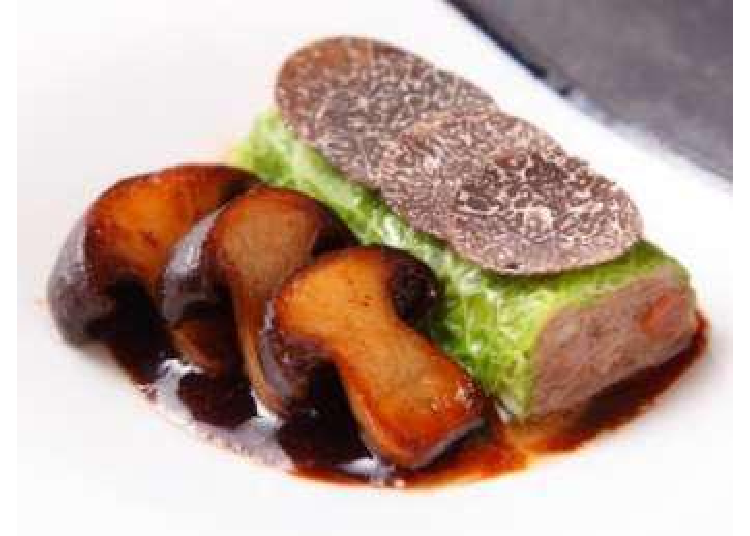
In 2014, the inaugural Dish of the Year® was awarded to the Gibier Cuisine promoted by the Ministry of Agriculture, Forestry and Fisheries as part of its 6th industry project. This choice was a significant milestone as wild game cuisine marked a new chapter in Japanese culinary culture.
2015: Onigirazu (おにぎらず)

The second edition in 2015 celebrated Onigirazu ("non-shaped rice balls"), which redefined the essential rice ball in Japanese household dining. This creative idea of shaping rice balls without squeezing them gained immense popularity and attention at the time.
2016: Cilantro Cuisine (パクチー料理)
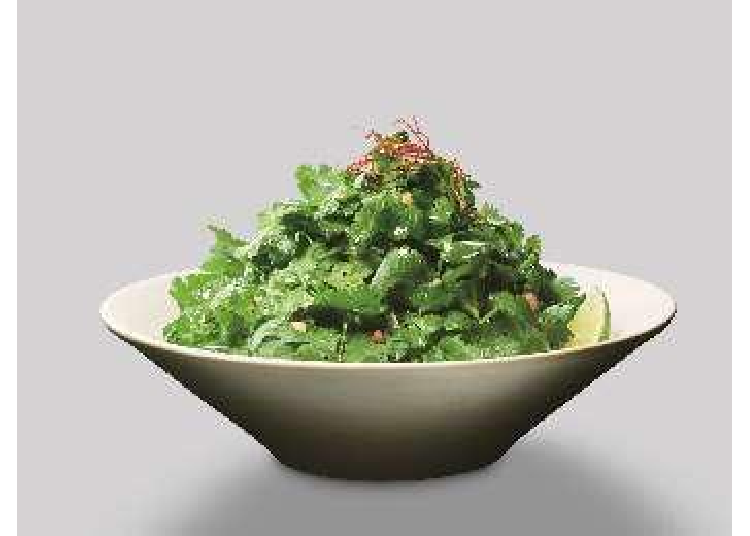
In 2016, the third annual dish was Cilantro Cuisine, which ignited a fragrance sensation among young women. It even led to the emergence of terms like "pakuchi (cilantro) taste" to refer to those who absolutely love cilantro.
2017: Chicken Breast Dishes (鶏むね肉料理)

The fourth annual dish in 2017 celebrated Chicken Breast Dishes. That year, the trend leaned towards healthy eating with a focus on low-carb, low-fat, high-protein diets, making chicken breast, with its high protein and low-fat content, a topic of discussion and selection.
2018: Mackerel (さば)
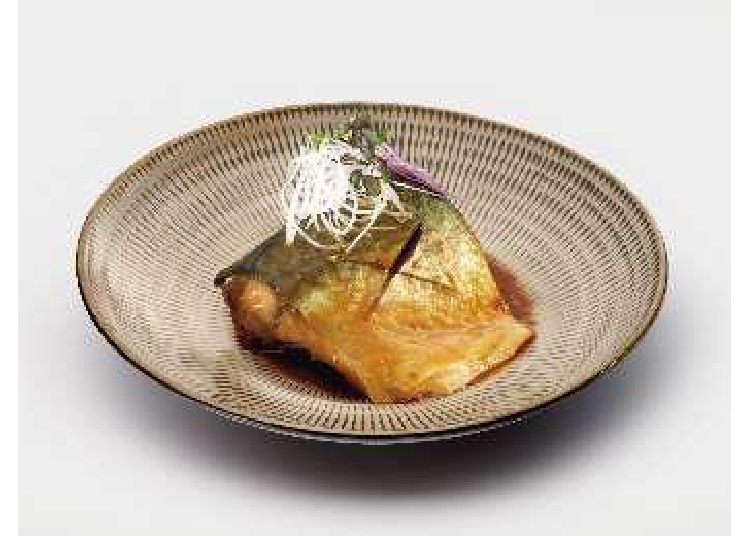
The fifth annual dish in 2018 was Mackerel. Due to various disasters occurring across Japan in 2018, disaster preparedness gained prominence. This renewed discussion about long-lasting food supplies, particularly canned foods, dried goods, and freeze-dried foods like mackerel, became a hot topic.
2019: Tapioca タピオカ)

The 2019 winner was Tapioca. A tapioca boom, particularly amongst high school students, lead to the coinage of two new words, "tapiru" and "tapikatsu" (both of which mean "to have tapioca"). This new, widespread fame took place mostly over social media, making it a social phenomenon truly representative of the times.
2020: Take-Out Gourmet (テイクアウトグルメ)
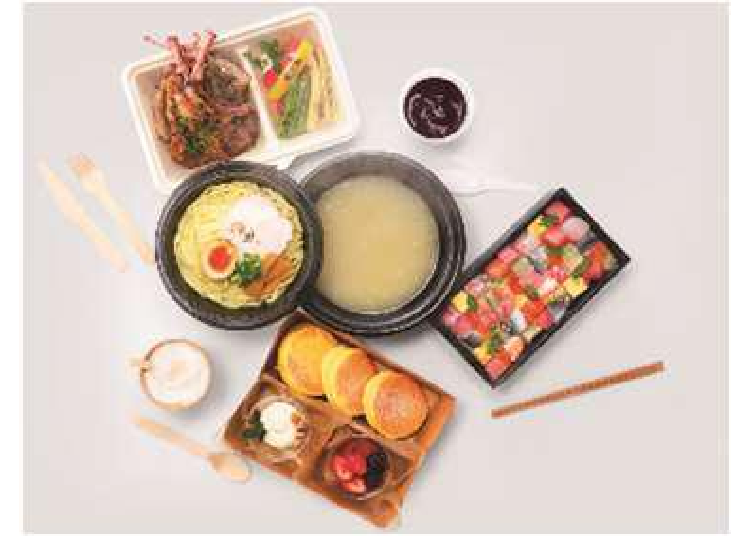
The 8th winner in 2020 was Take-Out Gourmet. In the wake of coronavirus, the demand for take-out increased along with people's new lifestyle changes, reaffirming the joy of eating out and the importance of the restaurant business.
2021: Alcohol-Flavored Drinks (アルコールテイスト飲料)

The eighth annual dish in 2021 was Alcohol-Flavored Drinks. That year, the Japanese government implemented strict guidelines on alcohol due to efforts to prevent the spread of COVID-19. As a result, food establishments began offering alcohol-flavored drinks as an alternative to alcoholic beverages, marking a year of significant culinary innovation for those who enjoy drinking.
2022: Frozen Gourmet (冷凍グルメ)
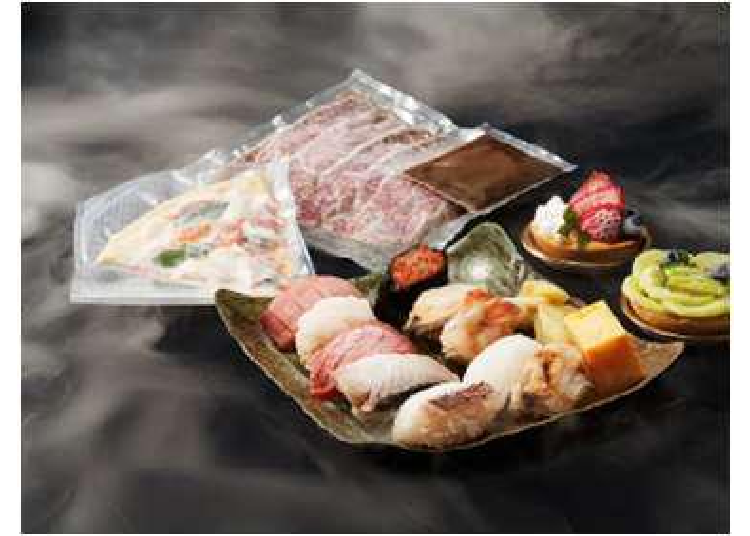
The ninth annual dish in 2022 celebrated Frozen Gourmet. Due to the continued impact of the COVID-19 pandemic, dining out demand remained subdued. To address this, many eateries cleverly introduced rapid freezing machines, enabling more delightful dishes to be preserved and delivered intact to customers.
As 2023 finally breaks free from the pandemic's influence, the world is once again in motion, and Japan continues to undergo various changes. When you next travel to Japan, be sure to explore different restaurants and seek out the cuisine that best represents the essence of Japan!
- Category
*Prices and options mentioned are subject to change.
*Unless stated otherwise, all prices include tax.
Popular Tours & Activitiess
Recommended places for you
-

BUDDY BUDDY
Other Restaurants
Sapporo / Chitose
-

Man in the MoonKarasuma
Other Restaurants
Gion, Kawaramachi, Kiyomizu-dera Temple
-

fes Fuesu
Other Restaurants
Umeda, Osaka Station, Kitashinchi
-

Birthday Surprise x KUJIRA ENTERTAINMENT DINING
Other Restaurants
Shinjuku
-

PASELANamba
Other Restaurants
Namba, Dotonbori, Shinsaibashi
-

TOKYO KAIKAN
Other Restaurants
Ginza
-

Strawberries, Style, and Tokyo’s Coolest Neighborhood: Winter Afternoon Tea in Kichijoji
by: Guest Contributor
-

Jujutsu Kaisen Takes Over JR East With a Wrapped Shinkansen This Winter
by: Guest Contributor
-
Ad

Discover the "Miraculous Forest" in the Heart of Tokyo: The Institute for Nature Study (9 Minutes from JR Meguro Station)
-

How to Get Don Quijote's Exclusive 2025-2026 Winter Gift (+Tax-Free Savings)
-

New in Ginza! Air BicCamera Ginza Opens with a Faster, More Convenient Shopping Experience
by: Guest Contributor
-

First Japan Cherry Blossom 2026 Forecast Announced! Here's When & Where to See Sakura in Japan
-

Why Osaka Tennoji Zoo is So Popular with Foreign Tourists (Guide & Highlights)
-

Mouthwatering Ways to Start Your Day: 5 Perfect Morning Cafés Near Shibuya Station!
-

The Best of Japan: 11 Major Cities Every Traveler Should Visit
-

Tokyo's Tsukiji Fish Market Has Closed Down, But Its Restaurants are Still Amazing!
-

Rest Your Feet: 4 Perfect Organic Cafes in Shinjuku, Tokyo!
-

Todai-ji Temple: Home to the Great Buddha of Nara - And a Nose Hole That Brings You Luck!?
by: WESTPLAN
- #best sushi japan
- #what to do in odaiba
- #what to bring to japan
- #new years in tokyo
- #best ramen japan
- #what to buy in ameyoko
- #japanese nail trends
- #things to do japan
- #onsen tattoo friendly tokyo
- #daiso
- #best coffee japan
- #best japanese soft drinks
- #best yakiniku japan
- #japanese fashion culture
- #japanese convenience store snacks














